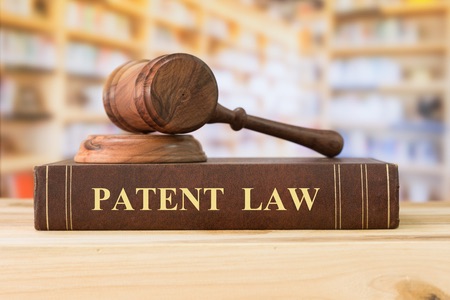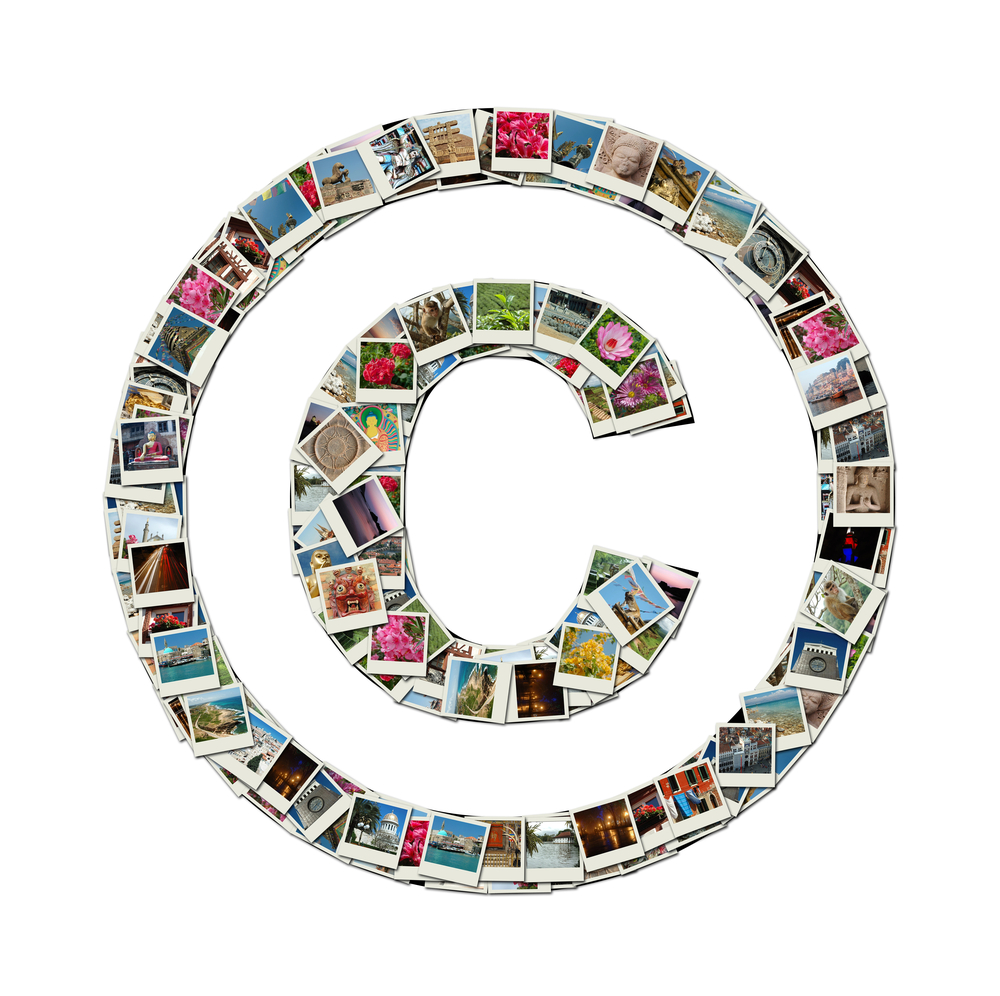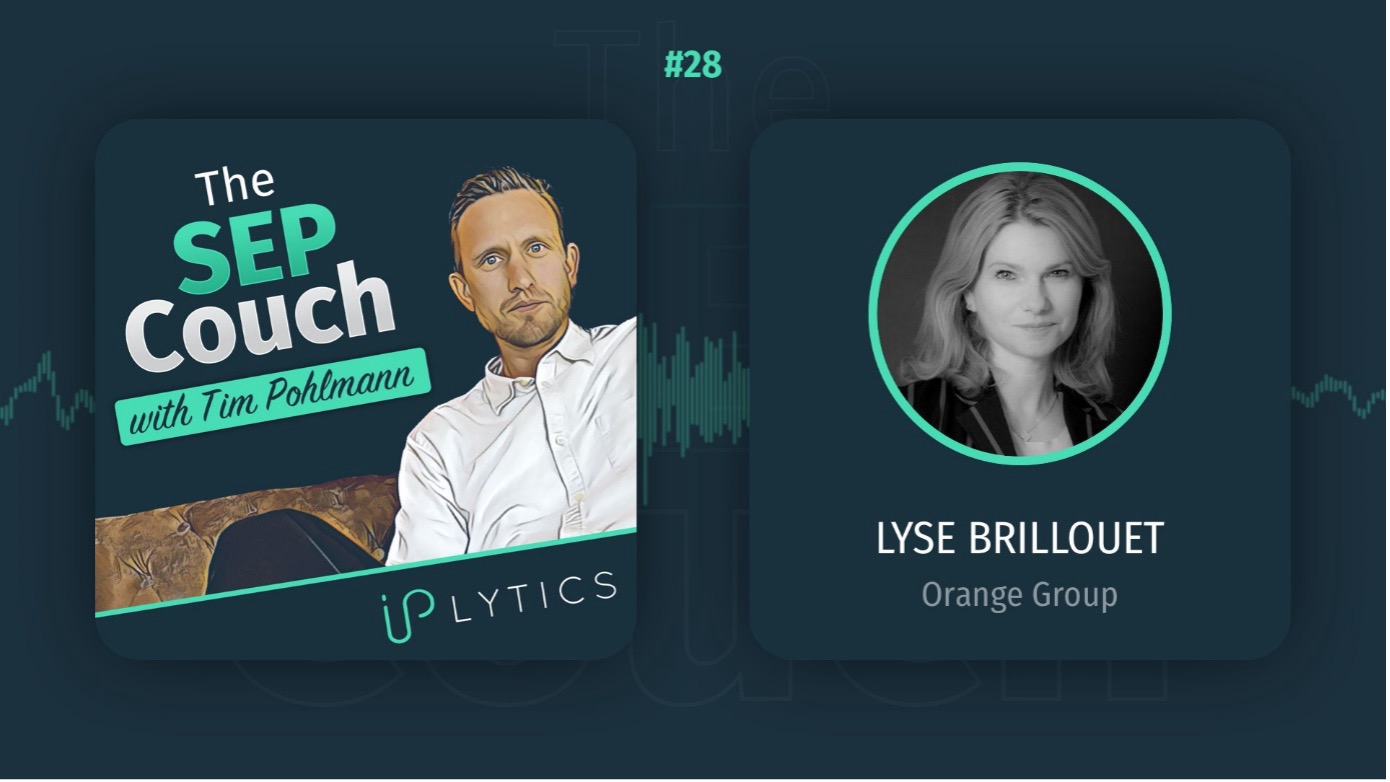 One of the most common questions any patent practitioner receives relates to knowing when an invention can be patented. How do you know whether you have an invention for which a patent can be obtained? That is a complicated question, as most legal questions are unfortunately. Compounding the complexity, however, are a whole host of business considerations that do not relate to the legal question of whether you are at all likely to obtain a patent. This article will explore the five substantive requirements that must be satisfied before any invention can be patented. These requirements together are commonly referred to as the patentability requirements. For some basic information on business considerations please see:
One of the most common questions any patent practitioner receives relates to knowing when an invention can be patented. How do you know whether you have an invention for which a patent can be obtained? That is a complicated question, as most legal questions are unfortunately. Compounding the complexity, however, are a whole host of business considerations that do not relate to the legal question of whether you are at all likely to obtain a patent. This article will explore the five substantive requirements that must be satisfied before any invention can be patented. These requirements together are commonly referred to as the patentability requirements. For some basic information on business considerations please see:
- The Business Responsible Approach to Patents and Inventing
- How do you know if you have a licensable product?
- Getting Your Invention to Market: Licensing vs. Manufacturing
- Plausibly estimating the market for your invention
- Inventing to Solve Problems
The Patentability Requirements – Generally
Unfortunately, the patentability requirements are frequently misunderstood. For many who are not well versed in patent law one of the reasons it can be confusing when considering patentability is due to the fact that the first of the patentability requirements asks whether the invention exhibits patentable subject matter, or is patent eligible. The question of patent eligibility leads the many anti-patent zealots and other patent newbies to erroneously conclude that if an invention is patent eligible then a patent issues. Nothing could be further from the truth.
So what is required for an invention to be patented? The patentability requirements mandate that the subject matter of the claimed invention be: (1) patent eligible; (2) useful, (3) new; (4) non-obvious; and (5) described with the particularity required so that people of skill in the relevant technology field or science can understand what the invention is, make the invention and use the invention without engaging in what the law calls undue experimentation. Let’s take each of these one at a time.
Patentable Subject Matter – 35 U.S.C. § 101
35 U.S.C. §101 says that if you are claiming a machine, process, article of manufacture, or a composition of matter (i.e., compound) then your invention is patent eligible. This question is a threshold one and historically in the United States virtually everything had been viewed as being patent eligible subject matter.
The Legislative History of the 1952 Patent Act informs us that Congress intended the patentable subject matter referred to in 35 U.S.C. §101 to “include anything under the sun that is made by man.” Why would this be the case? If an entire category of innovation is deemed patent ineligible then no patent could issue even if the innovation is useful, new, non-obvious and described so as to inform the public. Determining something is patent ineligible subject matter cuts innovation off at the knees. This is why the United States is home to the world’s biotechnology industry, as well as home to the world’s computer and Internet industries. Industries do not blossom where patent rights are prohibited.
Given that Congress intended everything made through human intervention to be patentable it is typically more helpful when discussing patentable subject matter to search for that which cannot be patented. In this regard the United States Supreme Court has repeatedly and consistently stated that there are three categories of subject matter for which one may not obtain patent protection: (1) laws of nature; (2) natural phenomena; and (3) abstract ideas. You will not find these exceptions anywhere in the Patent Act passed by Congress. Instead, these are judicial exceptions that the Supreme Court mandates over and above the requirements of the statute.
Few issues are as contentious today in the patent world as is patent eligibility under 35 U.S.C. §101. A decade ago you’d have been laughed at if you even suggested that patent eligibility would become a hotbed of disagreement, but the Supreme Court has significantly cut back on what is considered patent eligible in the United States, a dramatic and sudden departure from 30+ years of the U.S. having the most expansive view of patent eligibility in the world. Today, there are many other parts of the world that have far more expansive views of what can be patented, including Europe, Australia and even China.
The good news, however, is that the extraordinary and rather inexplicable departure by the Supreme Court from traditional U.S. notions has largely been confined (if not exclusively confined) to software and certain biotechnology innovations. Saying that this is good news admittedly sounds rather ridiculous given that over 50% of all innovation today relates in one way or another to software advances, and the software and biotechnology industries are industries the U.S. has dominated for over a generation because of our pro-innovation, pro-patent stance. So, yes, it is tragic that the Supreme Court is throwing away the U.S. advantage, but for most independent inventors the type of inventions that you will be working on will not likely be impacted by the new, overly restrictive view of what qualifies as patent eligible in America.
To put it simply, if you can touch your invention then you should not have any issues with patent eligibility. Tangibility, although not the test that will be applied, winds up solving virtually all (if not all) of the problems inventors may face at the Patent Office.
The Utility Requirement – 35 U.S.C. § 101
The second aspect of §101 relates to utility, another so-called threshold requirement for patentability.
To satisfy the requirements of §101 it is not only necessary to demonstrate that the subject matter of the invention is patentable, but the patentee is also required to demonstrate that the claimed invention is “useful” for some purpose. This statement of utility, while necessary, can be made either explicitly or implicitly. The utility requirement finds its foundation in the belief that an invention that is inoperative is not a “useful” invention within the meaning of §101 and, therefore, does not deserve patent protection. For a claimed invention to violate the utility requirement it must be “totally incapable of achieving a useful result.” Therefore, an invention that is at least partially useful will passes muster under §101 and the USPTO will not issue a utility rejection. This is important to understand because even if a version of your invention works crudely it will still be perceived to have utility and should be disclosed in any patent application that is filed.
Notwithstanding the extremely low utility hurdle, claimed inventions can and do fail the utility requirement. An invention that fails the utility requirement does so for one of two reasons. First, an applicant can fail to identify any specific utility for the invention or fail to disclose enough information about the invention to make its utility immediately apparent to those familiar with the technological field of the invention. Second, the applicant’s asserted utility for the invention is not credible. A good example of the later is an invention claiming a perpetual motion machine.
It is important to remember, however, that the PTO has the initial burden of challenging the applicant’s assertion of utility. This is true because the applicant’s assertion of utility in the disclosure will be initially presumed to be correct. Only if the USPTO provides evidence showing that one of ordinary skill in the art would reasonably doubt the asserted utility does the burden shift to the applicant to provide rebuttal evidence sufficient to convince the USPTO of the invention’s asserted utility.
An assertion by the patentee regarding utility will be credible unless: (1) the logic underlying the assertion is seriously flawed; or (2) the facts upon which the assertion is based are inconsistent with the logic underlying the assertion. Credibility as used in this context refers to the reliability of the statement based on the logic and facts that are offered by the applicant to support the assertion of utility. One situation where an assertion of utility would not be considered credible is where a person of ordinary skill would consider the assertion to be incredible in view of contemporary knowledge and where the applicant has not provided any information to counter that which the contemporary knowledge suggests. Again, a perpetual motion machine is a good example. See The Patent Law of Perpetual Motion.
CLICK to CONTINUE READING… Up next in our discussion of the patentability requirements is consideration of novelty, which has become a more lengthy discussion since the U.S. has adopted first to file laws.
For more information on patent basics please see:
- Patent Basics: Practice Tips for Achieving Success in Inter Partes Reviews
- An Alternative to Claim Mirroring in Initial Patent Application Filing
- IP Goes Pop! You Can’t Do That – What IP Cannot Protect
- How to Use the USPTO Patent Public Search Tool
- Using Analytics to Assess the Effectiveness of Common Patent Prosecution Practices
- Tips from a Former Examiner on How to Conduct Interviews at the USPTO
- Ten Mistakes to Avoid When Drafting Information Disclosure Statements
- Defanging Descriptive Material Rejections
- Can You Refile a Provisional Patent Application?
- Ten Common Patent Claim Drafting Mistakes to Avoid
- It’s All in the Hardware: Overcoming 101 Rejections in Computer Networking Technology Classes
- Disclosure Requirements in Software Patents: Avoiding Indefiniteness
- Patent Procurement and Strategy for Business Success Part III: Prosecution – Wielding an Invisible Hand
- Patent Procurement and Strategy for Business Success Part II: Claims – Targeting the Right Infringers
- Patent Procurement and Strategy for Business Success: Building and Strategically Using Patents that Target the Right Infringers and Thwart Competitive Countermeasures
- Fit to Drive: Three Inspiring Office Action Responses from the USPTO’s Art Unit 3668
- Design Patents 101: Understanding Utility Patents’ Lesser-Known Cousin
- Two Key Steps to Overcome Rejections Received on PCT Drawings
- Errors in Issued Patents as a Measure of Patent Quality
- Intellectual Property for Startups: Building a Toolkit to Protect Your Products and Design
- Why the Patent Classification System Needs an Update
- Understanding What a Design Patent is Not
- Design Patents: Under Utilized and Overlooked
- Deciding Where to Obtain International Patent Rights
- When to Use the Patent Cooperation Treaty—and Why It’s So Popular
- Why and When Design Patents are Useful
- PCT Basics: Obtaining Patent Rights Around the World
- ipAwarenessAssessment: Inventors and Business Owners Should Start Their IP Journey with this USPTO-NIST Tool
- Successful After Final Petitions Can Help Advance Prosecution (Part V)
- From Agent to Examiner and Back Again: Practical Lessons Learned from Inside the USPTO
- WIPO’s INSPIRE Offers a New Way to Select Databases for Patent Searches Involving Machine Translations
- Understand Your Utility Patent Application Drawings
- Why It’s Time to Board the PCT Train: The Benefits of Filing U.S. Patent Applications via the PCT First
- Implications of Filing Subsequent Patent Applications in the United States (Part III)
- Types of Subsequent Patent Applications in the United States (Part II)
- Getting a Patent: The Devastating Consequences of Not Naming All Inventors
- Getting A Patent: Who Should be Named as An Inventor?
- Make Your Disclosures Meaningful: A Plea for Clarity in Patent Drafting
- Applying for a Patent in Germany
- Autopilot or Advocate? Raising the Bar in Ex Parte Appeals at the USPTO
- Time to ‘Think PCT’: Rethink Your Global Patent Strategy to Preserve Your Seat at the Table
- Patent Office Insights from Two Former Examiners
- Conventional Patent Wisdom Revisited
- Develop Your Database of Templates for Responding to Office Actions
- Background Pitfalls When Drafting a Patent Application
- Eight Tips to Get Your Patent Approved at the EPO
- Four Things C-Suite Executives Need to Know About Patents
- Starting the Patent Process on a Limited Budget
- What to Know About Drafting Patent Claims
- Beyond the Slice and Dice: Turning Your Idea into an Invention

![[IPWatchdog Logo]](https://ipwatchdog.com/wp-content/themes/IPWatchdog%20-%202023/assets/images/temp/logo-small@2x.png)

![[[Advertisement]]](https://ipwatchdog.com/wp-content/uploads/2018/10/Enhance-3-IPWatchdog-Ad-2499x833-3.png)
![[[Advertisement]]](https://ipwatchdog.com/wp-content/uploads/2018/12/Ad-3-The-Invent-Patent-System™.jpg)
![[[Advertisement]]](https://ipwatchdog.com/wp-content/uploads/2018/10/ip-ad_rocket_464.jpeg)
![[Advertisement]](https://ipwatchdog.com/wp-content/uploads/2024/04/UnitedLex-May-2-2024-sidebar-700x500-1.jpg)
![[Advertisement]](https://ipwatchdog.com/wp-content/uploads/2024/04/Artificial-Intelligence-2024-REPLAY-sidebar-700x500-corrected.jpg)
![[Advertisement]](https://ipwatchdog.com/wp-content/uploads/2024/04/Patent-Litigation-Masters-2024-sidebar-700x500-1.jpg)

![[Advertisement]](https://ipwatchdog.com/wp-content/uploads/2021/12/WEBINAR-336-x-280-px.png)
![[Advertisement]](https://ipwatchdog.com/wp-content/uploads/2021/12/2021-Patent-Practice-on-Demand-recorded-Feb-2021-336-x-280.jpg)
![[Advertisement]](https://ipwatchdog.com/wp-content/uploads/2021/12/Ad-4-The-Invent-Patent-System™.png)






Join the Discussion
2 comments so far.
mark martens
June 4, 2017 09:23 amGene, well done.
H
June 4, 2017 05:09 amIf those contents in a claim that posesses proposional newness is about a teaching of the usefull arts, on the face of the specification, the the 101 hurdle should be jumped…